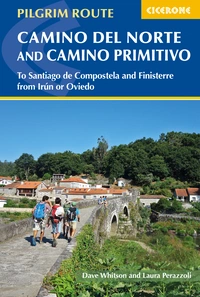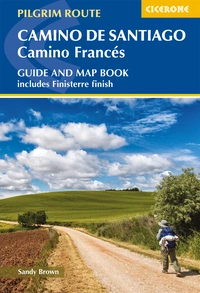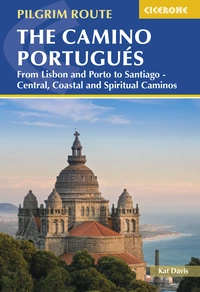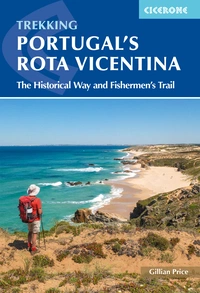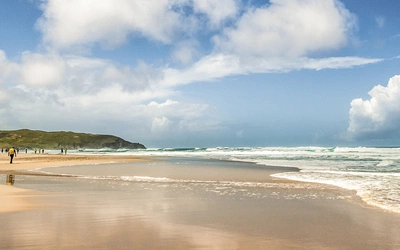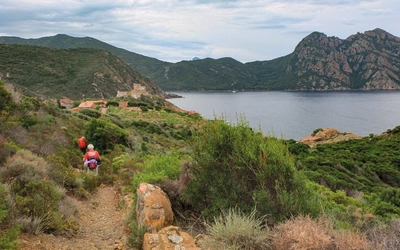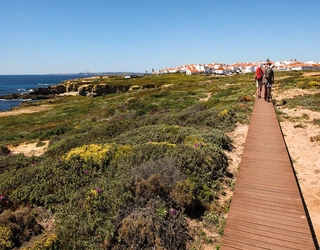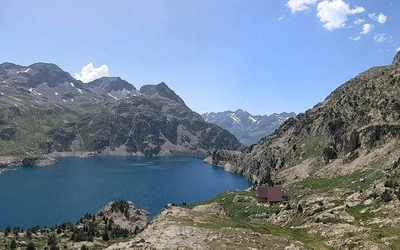Camino dos Faros: what you need to know
The Camino dos Faros, or ‘Lighthouse Way’, is a superb coastal walk that follows the Costa del Morte (‘Coast of Death’) for 200km around the coast of Galicia in northwest Spain. Read on to discover key facts about the route.
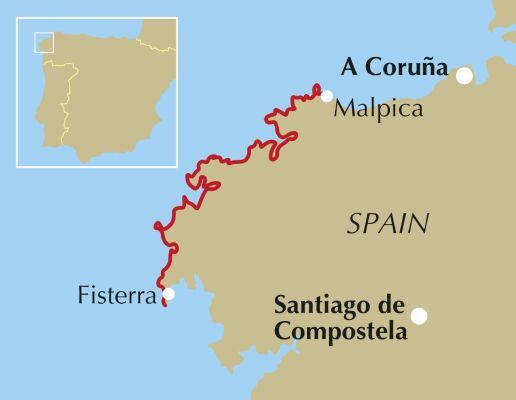
| What? | The Camino dos Faros, or the Way of the Lighthouses. |
| Dos Faros...? | ...refers to a series of lighthouses that warn sailors of the perils of the coast with foghorns and powerful beams. As the name suggests this a wild and rugged coast, battered by the Atlantic, with a long and well-deserved reputation for wrecking ships. |
| Where? | The Galacian coast in northwest Spain. |
| Start point? | Malpica |
| End point? | Fisterra (the most westerly corner of the European mainland) |
| How long is the route? | 200km (124 miles) |
| How long to complete? | Around 1 week. |
| How hard is the route? | The Camino dos Faros is tougher than it looks. Like many coastal paths it combines numerous ascents and descents with a route that never takes the straightest line between two points. Sticking limpet-like to the coastline, the result is a wonderful hiking experience that contrasts tough walks up and over rocky headlands with exposed cliff tops to strolls across wide, empty sandy beaches. |
| How fit do I need to be? | Suitable for any reasonably fit walker. |
| How many stages are there? | There are eight standard stages. Six of these follow exposed stretches of coast, while two head inland to navigate around relatively tranquil river estuaries. The six days along the coast are spent climbing headlands, walking dramatic cliff edges and crossing small streams rushing into tiny coves. |
| What accommodation is available? | A range of accommodation, including hotels and guesthouses, is available on the route. The hotels are excellent value and good fun (but watch out for Monday closures). |
| What time of year? | The best time to walk it is April, May and June, when the light and the flowers are wonderful. |
| Any money-saving strategies? | Camp or stay in pilgrimage hostels for cheap accommodation (otherwise main costs are meals and accommodation). Take advantage of being able to try the best seafood in the world at very ordinary prices. |
| Route highlights? | Where to start? There's Galician culture and traditions; lighthouses along the Costa da Morte; Faro Vilán, the oldest electric lighthouse in Spain; Michelin starred restaurant As Garzas; dramatic cliffs and spectacular unspoilt coastal scenery; varied and rare birdlife and old whaling towns and fishing villages. |
| Top tip? | Days are best when the sun is shining, but the truth is, the weather in Galicia can be wet. Build flexibility into your schedule to account for changeable weather. This can be done by building in some half day options to your schedule and using local taxis (cheap and plentiful) to reach places to stay at night. |
Walking the Camino dos Faros
The Way of the Lighthouses on Spain's Galician coast
£14.95
Guidebook to walking the Camino dos Faros, the way of the lighthouses, along the Galician coast in northwest Spain. The 200km route is described across 8 stages of between 17 and 29km and takes in some of the area's most wild and enchanting coastal scenery, with dramatic cliffs and deep river estuaries. Incorporates some challenging walking.
More information

